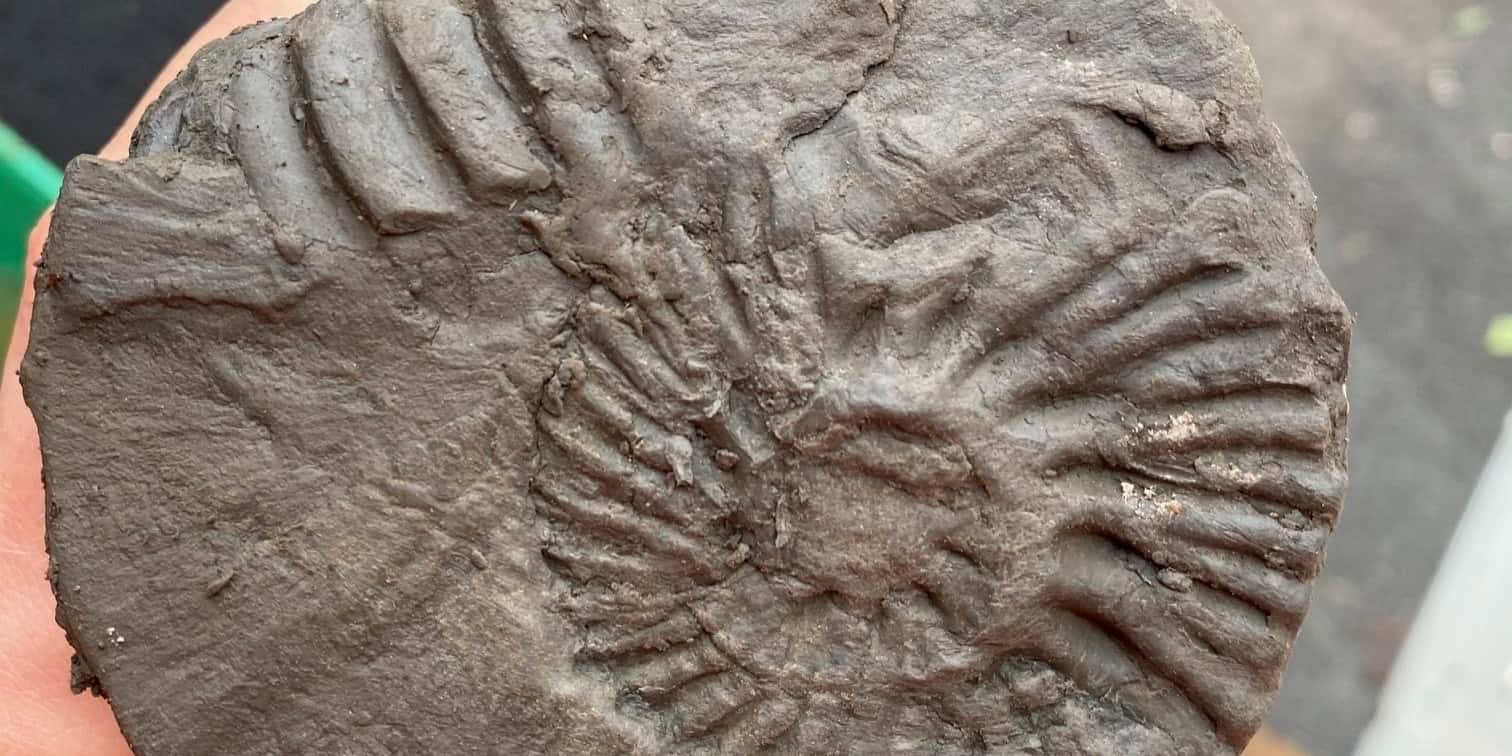The drilling of boreholes in the Leeson Road area of Bonchurch is designed to help protect the future of the area but fossils discovered during the work are also giving a fascinating glimpse back into its distant past.
Ammonites, bivalves and other fossils dating back more than 100 million years have been extracted from the boreholes.
Though the three boreholes are drilled to depths of up to 130 metres, most of the fossils are being recovered between 30 and 90 metres deep.
100–112 million year old fossils
Sophie Powell, an engineering geologist working for AtkinsRealis on behalf of Island Roads and the Isle of Wight Council, said the Upper Greensand and Gault Clay layers being examined contained fossils from the Lower Cretaceous Period — 100–112 million years ago.
The fossilised creatures would have lived in an offshore marine environment that over millions of years has transformed into a landmass, albeit an unstable one.
A mixture of bivalves, brachiopods and ammonites
Sophie said,
“We have found a mixture of bivalves, brachiopods and ammonites. When a fossil is well preserved it is possible to identify the scientific name of the fossil, we have managed this for a few.
“What we have found so far matches previous investigations in the area.”
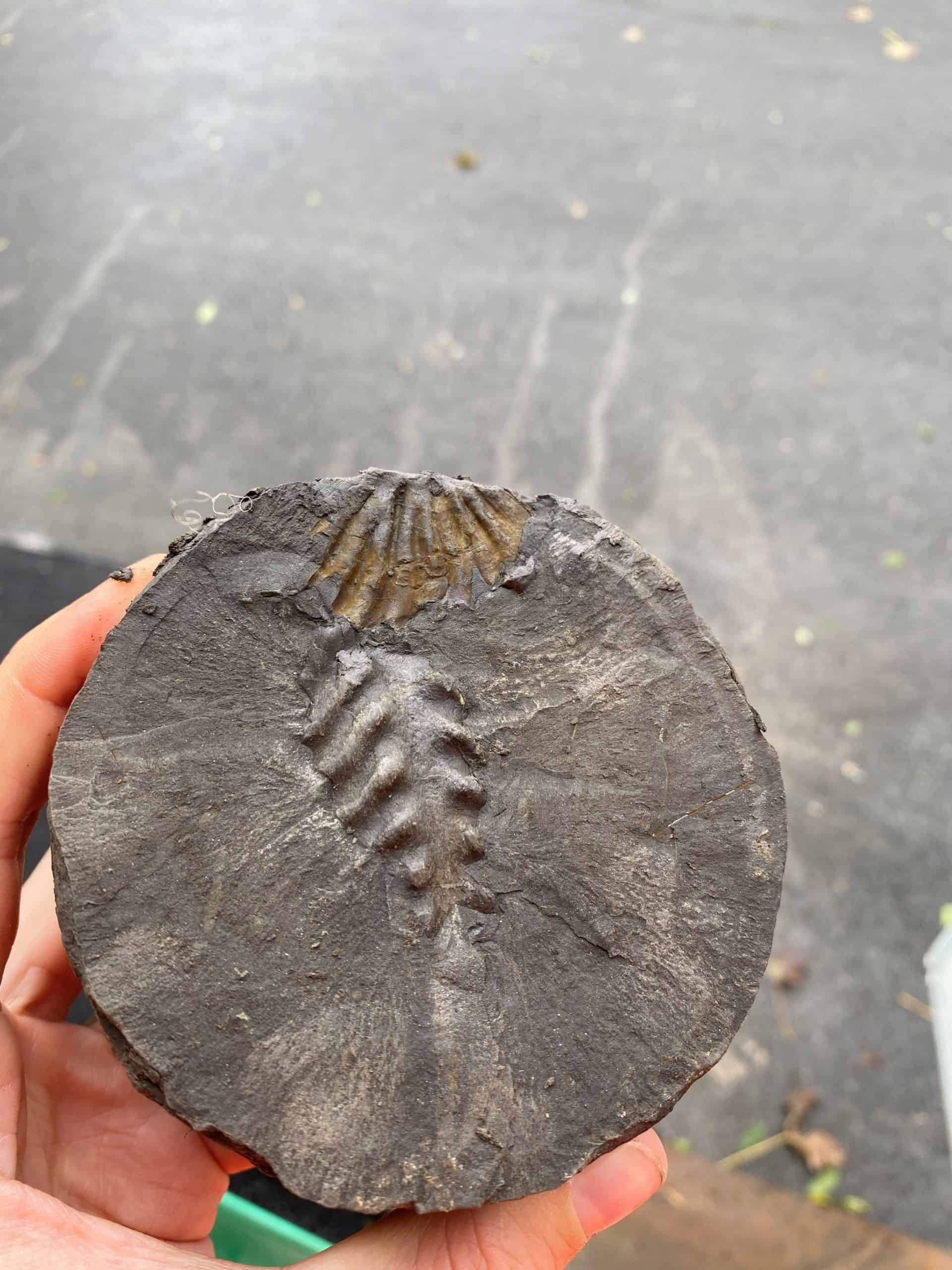
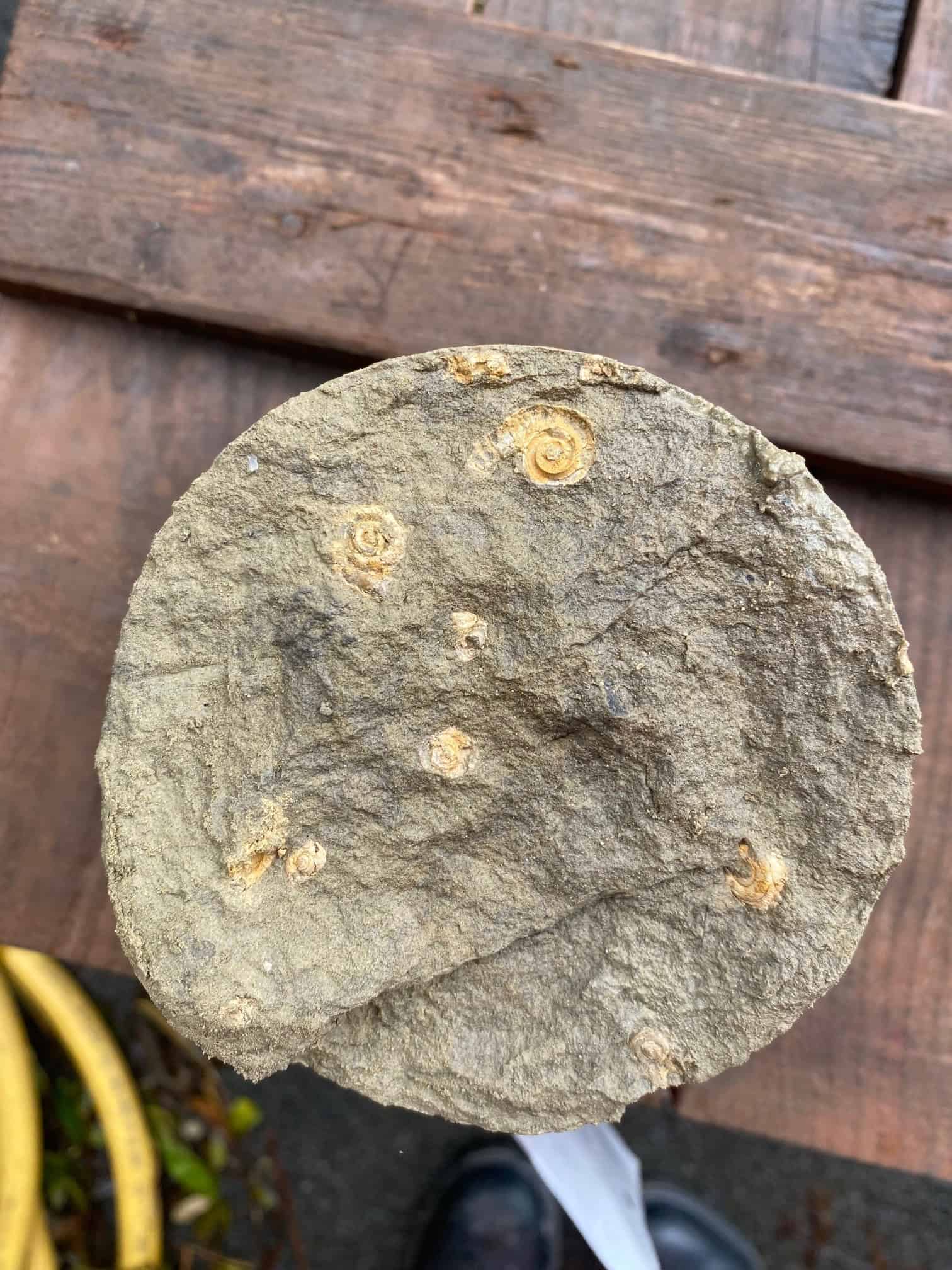
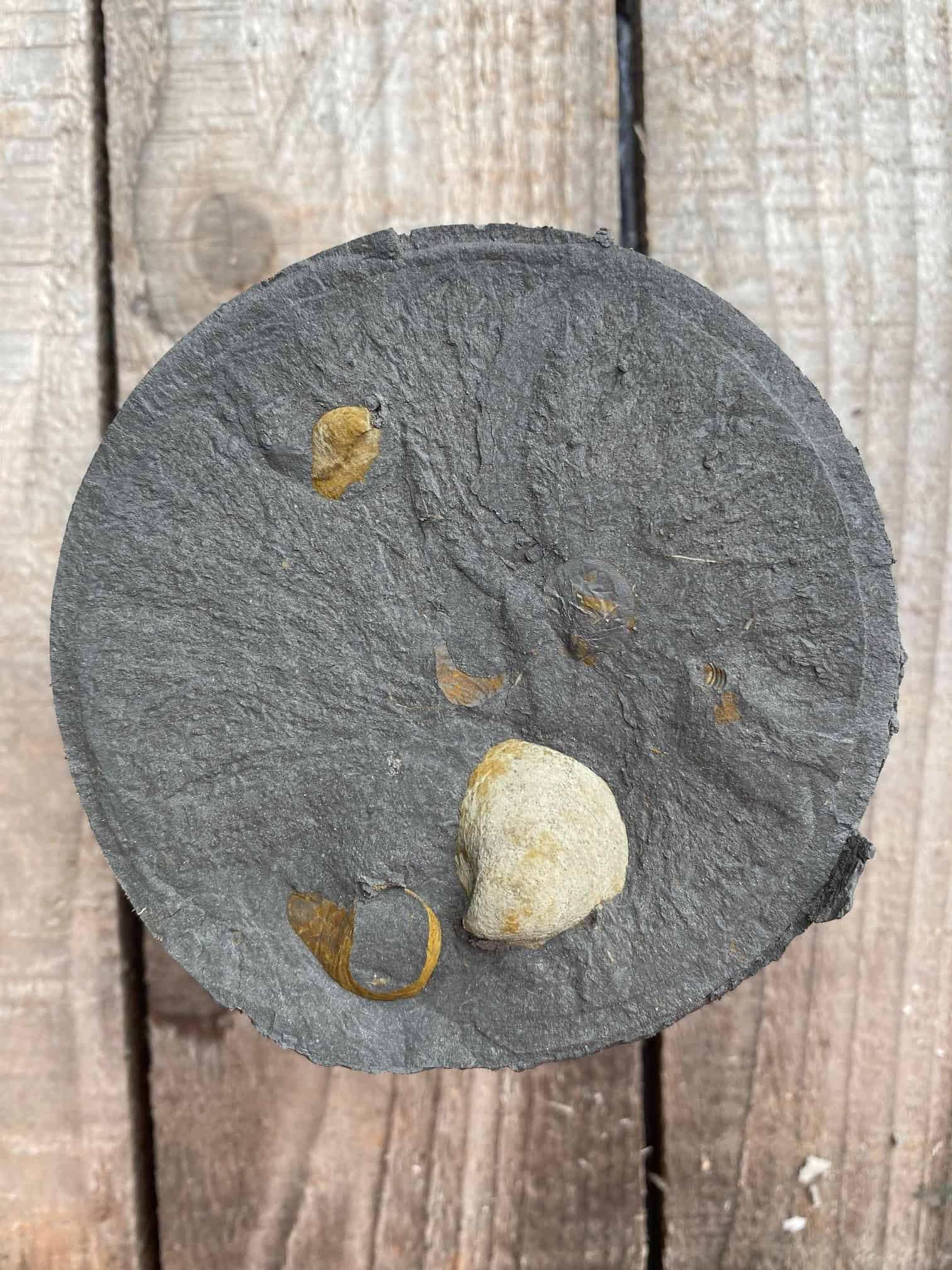
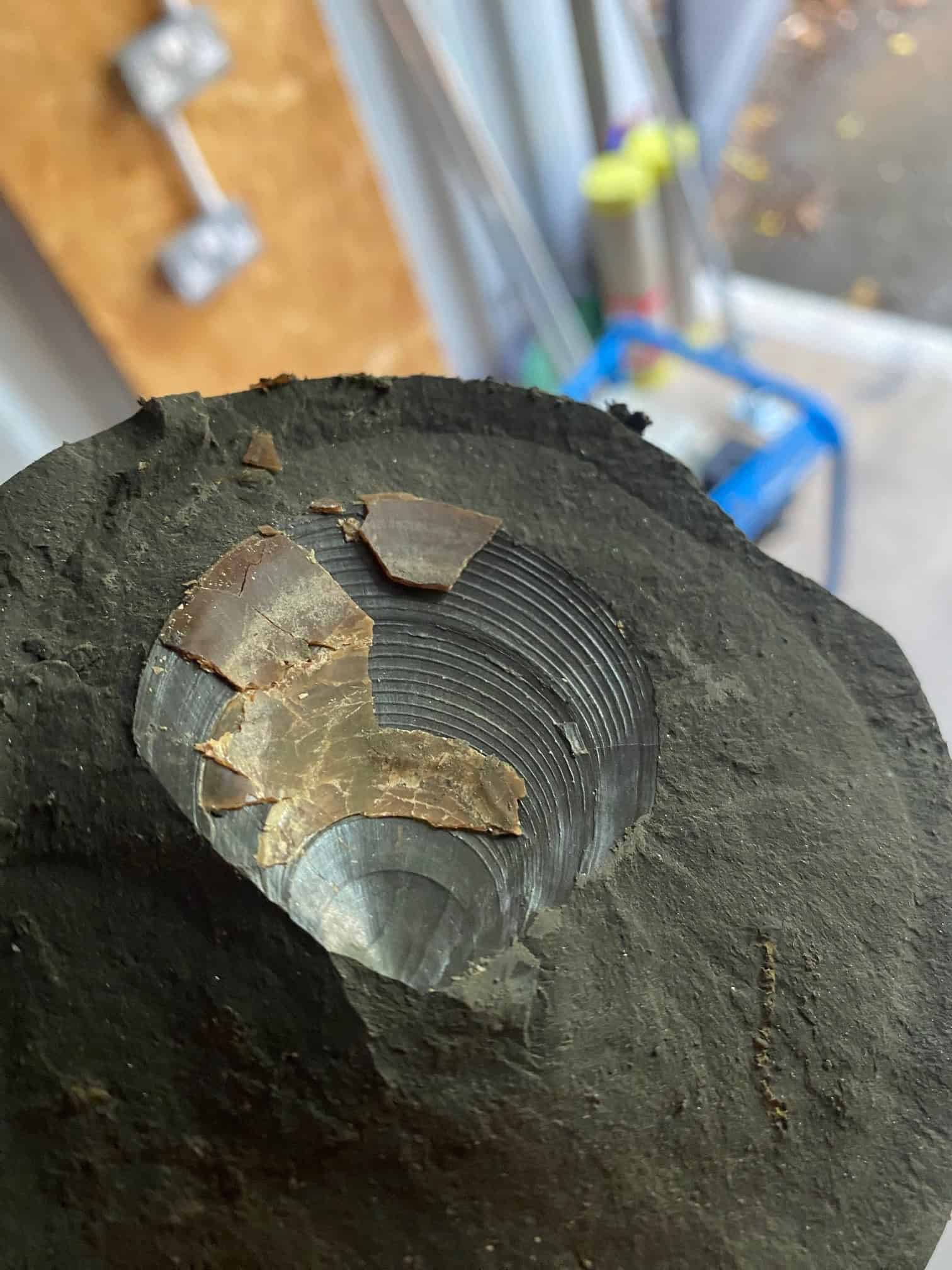
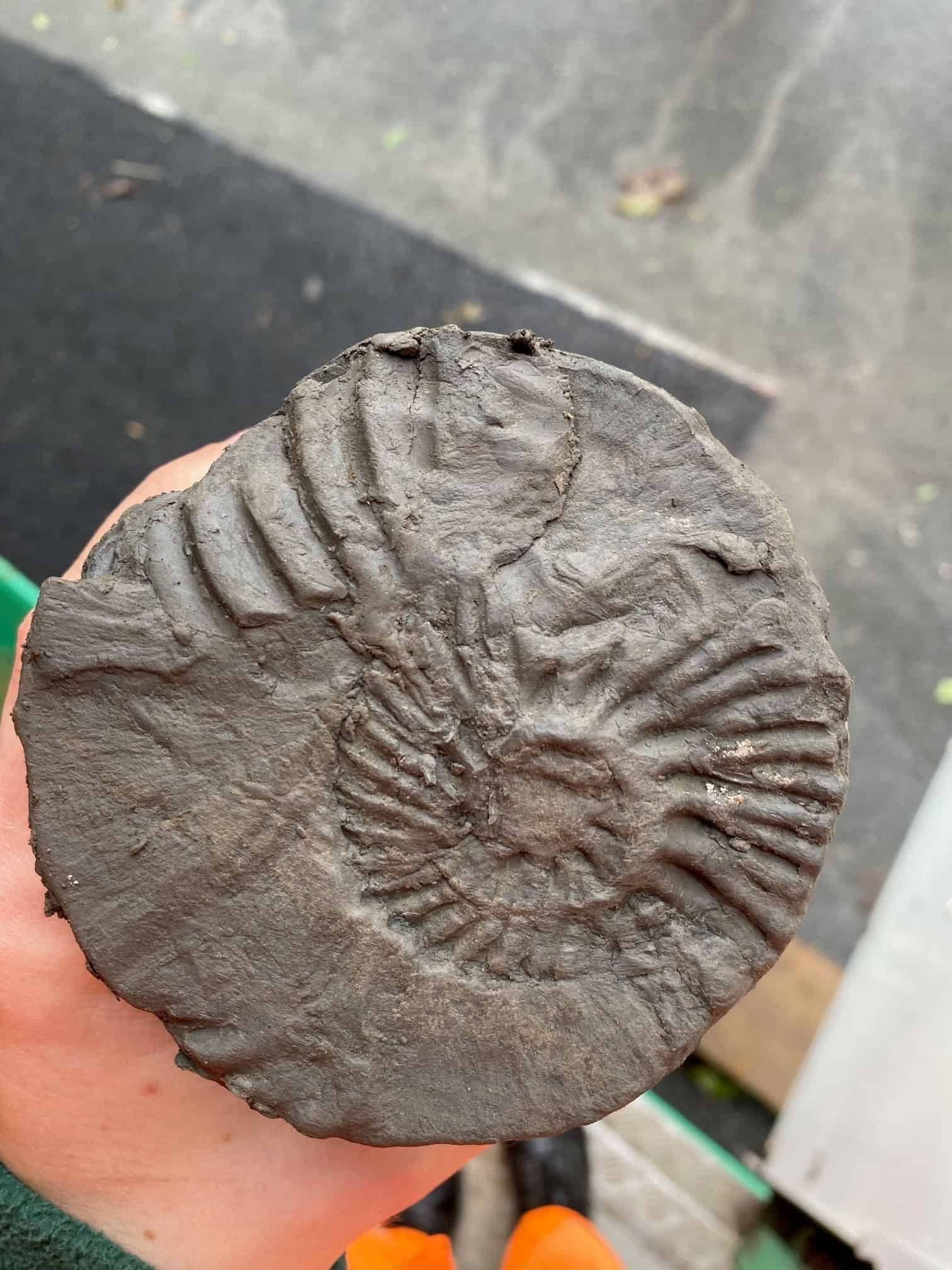
Some specimens intact
Sophie said that because the boreholes were 102mm diameter most of the fossils weren’t complete, but they had found some intact specimens. While the geological profile of the area meant the finds were to be expected, it was still interesting to pull out these specimens.
Though interesting in their own right, the fossils also provide useful markers and reference points that can help comparison with the new boreholes and others already sunk in the area.
The ground investigation takes core samples of the rock layers which are being assessed and recorded by geotechnical engineers to confirm changes following the landslide.
Recording small deep ground movements
The process is also allowing monitoring equipment to be installed to record any small deep ground movements and changes in groundwater pressures at different depths, which might contribute to larger scale ground movements.
The boreholes are thought to be some of the deepest ever sunk on the Island.
All this information will help work by the council and Island Roads to develop and maintain an early warning system that will allow re-opening of the road when safe but shut immediately if significant movement is detected.
News shared by Isle of Wight council press office, in their own words. Ed

